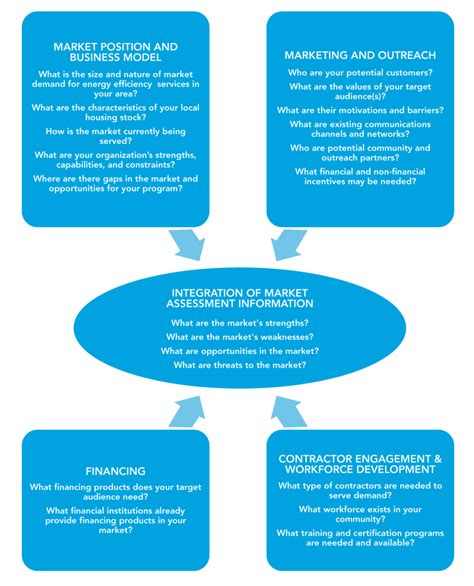How to assess market correlation in cryptocurrency
As the cryptocurrency world continues to grow and evolve, investors are becoming more and more interested in understanding the dynamics of these assets. A crucial aspect of investments in cryptocurrency is the assessment of market correlation – the degree in which two or more cryptocurrencies tend to move together. In this article, we will explore how to evaluate the market correlation in cryptocurrency.
What is market correlation?
The correlation of the market refers to the statistical relationship between the prices of the different cryptocurrencies. It is a measure of how closely the prices of two or more assets are related. When the market correlation is high, it means that the prices of two assets tend to move together, while a low correlation indicates that they move independently.
Why evaluate market correlation?
The assessment of market correlation is essential for several reasons:
- Risk management
: Understanding how different cryptocurrencies interact with each other, investors can better manage their risk exposure. If the price of a particular cryptocurrency has a strong correlation with another asset, it can be more volatile or sensitive to price changes.
- Investment strategy : Market correlation helps investors develop effective investment strategies. For example, if a certain cryptocurrency is correlated with the general market, it may not be an attractive investment on its own merits.
- Portfolio optimization : By evaluating market correlation, investors can optimize their portfolios by allocating assets in a way that minimizes the risk and maximizing the yield.
Measurement of market correlation
There are several methods of measuring market correlation between cryptocurrency:
- Quantitative methods : Use of algorithms to analyze data on historical prices of different cryptocurrencies such as:
* Volatility Report (VR)
* Investment profitability (ROI)
* The average daily return
- Qualitative methods : Analyzing the technical and fundamental features of each cryptocurrency, such as:
* Technical indicators (eg RSI, Bolninger bands)
* Fundamental analysis (eg income increase, market capitalization)
Factors that influence market correlation
A few factors can influence market correlation between cryptocurrency:
- Relative resistance index (RSI)

: A momentary indicator measuring the price modification rate in relation to its interval.
- In medium cross movement : When one movement average passes over or below, it may indicate a change in market feeling.
- Average reversion : Assumption that prices will return to their historical average over time.
Examples of cryptocurrency market correlation
Some examples of cryptocurrencies and their market correlations:
- Bitcoin (BTC) and Ethereum (ETH): Both are considered safe and tend to move independently.
- Ethereum (ETH) and Litecoin (LTC): These two cryptocurrencies have a strong correlation due to their similarities in technology and cases of use.
- Solana (Sol) and Cardano (ADA): This pair has a moderate correlation, the price of Sol often following Ada.
Conclusion
Evaluation of market correlation is an essential step in understanding the dynamics of cryptocurrency markets. Analyzing historical data and technical indicators, investors can better manage their risk exposure, develop effective investment strategies and optimize their portfolios for maximum returns. While there are correlations between cryptocurrencies, it is crucial to remember that each asset has its unique characteristics and should be evaluated on its own merits.
Recommendations
To start with the assessment of market correlation in cryptocurrency:
- Determine the investment goals : Do you understand what you want to get through investments in cryptocurrencies.
2.